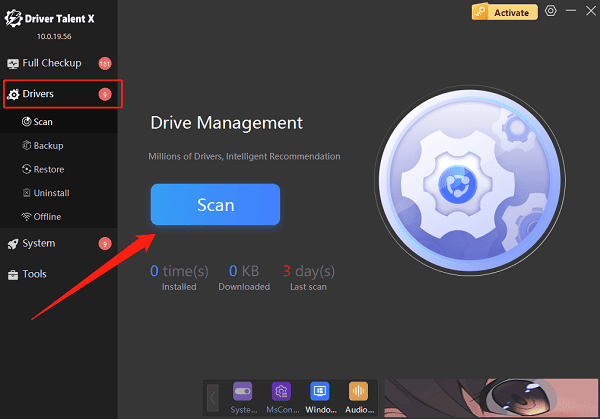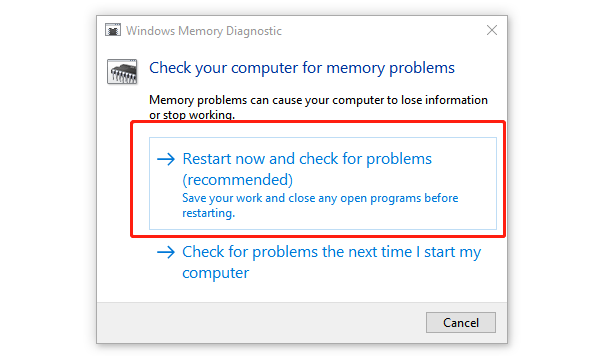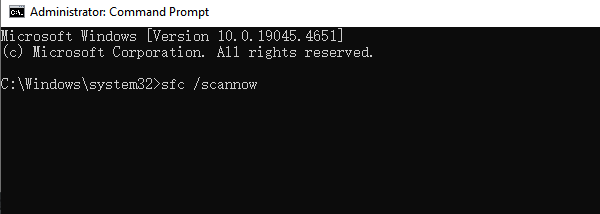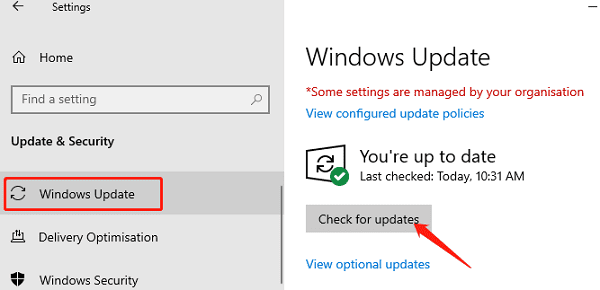IRQL_NOT_LESS_OR_EQUAL is one of the most common Blue Screen of Death (BSOD) error codes in the Windows operating system. This error is usually related to driver conflicts, hardware failures, or system memory issues and can severely impact system stability and work efficiency.
This guide will explain the causes behind the IRQL_NOT_LESS_OR_EQUAL error in detail and provide several practical and effective solutions to help you quickly restore your Windows system to normal operation.
1. What Is the IRQL_NOT_LESS_OR_EQUAL Error?
IRQL_NOT_LESS_OR_EQUAL (Error Code 0x0000000A) is a kernel-level BSOD error in Windows. It indicates that the system attempted to access a memory address it should not, or that an issue occurred with the Interrupt Request Level (IRQL). This typically suggests a problem with a driver or kernel module, or misconfigured hardware.
2. Common Causes of IRQL_NOT_LESS_OR_EQUAL
Driver conflicts or outdated drivers: Recently installed or updated drivers that are incompatible with your system.
Faulty or loose RAM: Memory stick damage or improper seating.
Hardware compatibility issues: New hardware not properly installed or conflicting with the system.
Corrupted system files: Critical system files are missing or damaged.
Virus or malware infections: Malicious software may alter or damage system files and drivers.
Incorrect BIOS settings: Overclocking or incompatible configurations.
3. Methods to Fix IRQL_NOT_LESS_OR_EQUAL
Method 1: Check and Update Device Drivers
Outdated or corrupt drivers are one of the most common causes of IRQL_NOT_LESS_OR_EQUAL errors. Updating your drivers can often resolve the issue. It's recommend to use Driver Talent X, which saves time and reduces the risk of installing incorrect drivers.
Click the "Download" button to get the latest version of Driver Talent X.
Install and launch the software.
In the "Drivers" section, click "Scan" to automatically detect the status of all your drivers.

Find the drivers that need to be updated in the scan results and click "Upgrade".
After the update, restart your computer to apply the changes.
Method 2: Run the Windows Memory Diagnostic Tool
Press Win + R, type "mdsched.exe", and hit Enter.
Select "Restart now and check for problems".

Your computer will reboot and check for memory issues automatically.
Once completed, review the test results.
If memory errors are found, try reseating or replacing the RAM.
Method 3: Run the System File Checker (SFC)
Press Win + S, type cmd, then right-click Command Prompt and select "Run as administrator".
Type the following command and press Enter: sfc /scannow

The system will scan and repair any damaged or missing system files.
Restart the computer after the repair completes.
Method 4: Update Windows
Click the Start button and go to Settings > Update & Security.
Under Windows Update, click "Check for updates".

Download and install all recommended patches from the results.
Many BSOD errors are caused by system bugs or missing updates.
Method 5: Check Hardware Compatibility
Ensure that all newly installed hardware drivers are correctly installed.
Temporarily remove new hardware to test stability.
Enter BIOS and restore to default settings; disable any overclocking features.
Update your motherboard BIOS to the latest version.
Method 6: Scan for Viruses and Malware
Use professional antivirus software or Windows Defender to perform a full system scan to ensure no malicious programs are affecting system files or drivers.
4. Tips to Prevent IRQL_NOT_LESS_OR_EQUAL Errors
Regularly update drivers and the Windows system.
Avoid installing incompatible software or drivers.
Keep your hardware clean and periodically check the condition of RAM and hard drives.
Use trusted antivirus software to protect your system.
Although the IRQL_NOT_LESS_OR_EQUAL error is relatively common, most cases can be resolved through driver updates, hardware diagnostics, and system file repairs.
If the problem persists after trying all of the above methods, it's recommended to seek professional technical support or consider replacing the faulty hardware.
